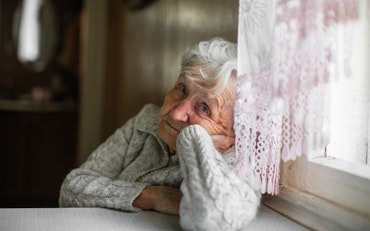Isolation would slow flu spread
Research from the University of Western Australia (UWA) will give vital clues to public health authorities in dealing with potential pandemics such as the current “swine flu” (H1N1) outbreak.
The research, published in the journal BMC Public Health, found imposing “social distancing” measures such as school closures, home isolation, partial closure of workplaces and reduced community contact, if done rapidly, could prevent a local epidemic.
“The timing of activation of such non-pharmaceutical interventions is critical,” said Professor George Milne, who along with Dr Joel Kelso and Dr Simon Huband used a computer simulation model to emulate the spread of influenza (in this case, H5N1 “avian” influenza, but the results are directly applicable to H1N1).
“For a very transmissible strain, application of all four interventions at the same time as the first case is introduced, and enforcing these draconian measures continuously, can potentially hold the illness rate at 16%, compared to 73% if they are not used”.
The research assumed 100% of infectious children and 90% of adults are home quarantined and a 50% reduction in workplace attendance and community-wide contact.
The model used statistical data about the population of Albany, a town of 30,000 people in south-west Western Australia.
“While such draconian measures will only be mandated under extreme circumstances, given their impact on personal freedom, they appear to play a key role in delaying the development of a ‘worst case’ influenza epidemic,” he said.
“Social distancing may be critical in holding back an epidemic until vaccines are deployed on a sufficient scale that subsequent relaxation of these measures won’t result in an acceleration of the outbreak”.
The UWA team has provided reports based on their two published papers to the Commonwealth Department of Health and Ageing (DoHA) and the World Health Organisation (WHO) and received funding from the National Health and Medical Research Council, DoHA and WHO.










